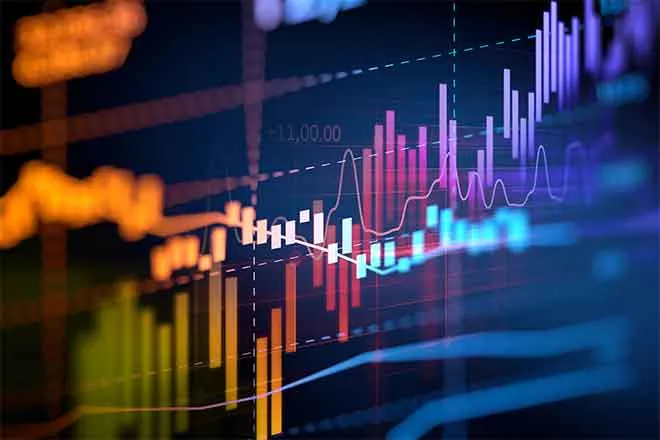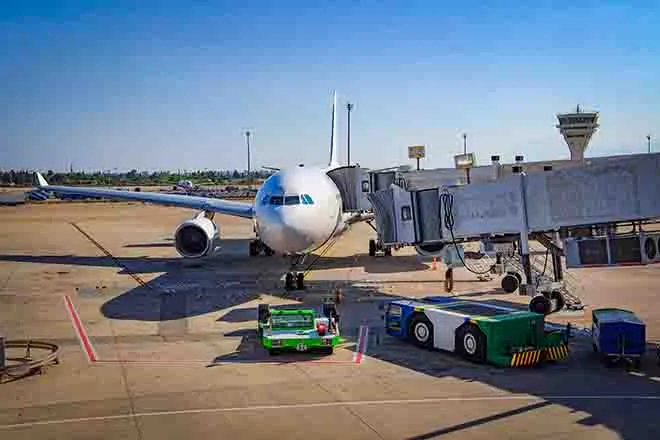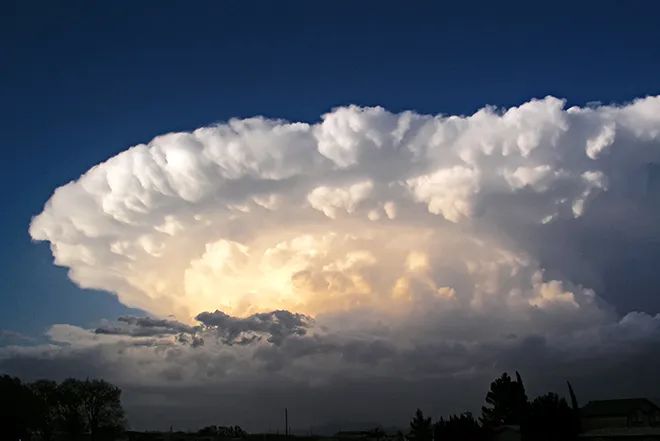
Diesel skyrockets, putting pinch on trucking industry
(The Center Square) – Many diesel-dependent industries are feeling the pinch of skyrocketing prices – including the biggest, trucking.
Average national diesel prices per gallon rose for 15 consecutive days reaching $5.57 by AAA’s latest calculation – an all-time high.
Matt Hart, executive director for the Illinois Trucking Association, says Illinois’ trucking industry is getting hit with a double whammy.
“Our two biggest costs in the trucking industry are labor and fuel, and we’ve certainly been battling increased costs in labor in 2021 and into 2022, but now we’re getting hit with our second biggest cost, which is fuel,” he told The Center Square.
The rise of diesel costs outpaced gasoline, shooting up 56 percent in 2022. The latest price per gallon is a record. A year ago it was $3.17.
Lower refining activity and higher demand domestically and abroad are part of the problem, according to U.S. Energy Information Administration. Reserves of distillates have hit a 17-year low.
Large carriers are better poised to deal with skyrocketing diesel prices through negotiating contracts and buying their own fuel, but smaller carriers are feeling the pressure, Hart said.
“It’s those smaller carriers who maybe don’t have a fuel surcharge or fuel surcharge is new to them or don’t have the capacity to hedge their own fuel, those are the guys that are feeling the biggest pinch right now,” he said.
There are few electric trucks available, so the industry must deal with it, Hart said.
“There is no alternative in the trucking industry,” he said. “When you buy an automobile, you can buy an electric car. There are no electric trucks out there to purchase – the very few that are cost-prohibitive. Diesel fuel is the main source of fuel in our industry that delivers 70 percent of the nation’s goods so we’re very dependent on diesel fuel.”
Increased diesel prices must be absorbed somewhere, and in this case it's consumers. Inflation has hit 40-year highs, and the cost of energy such as gasoline and diesel are a driving force.
“We have to charge more because of our costs, and at the end of the day the consumer ends up paying more when they see the prices at their local store go up because it’s costing more to deliver,” Hart said.
Typically, fuel prices level off around Memorial Day so Hart hopes the peak has already been reached.

















